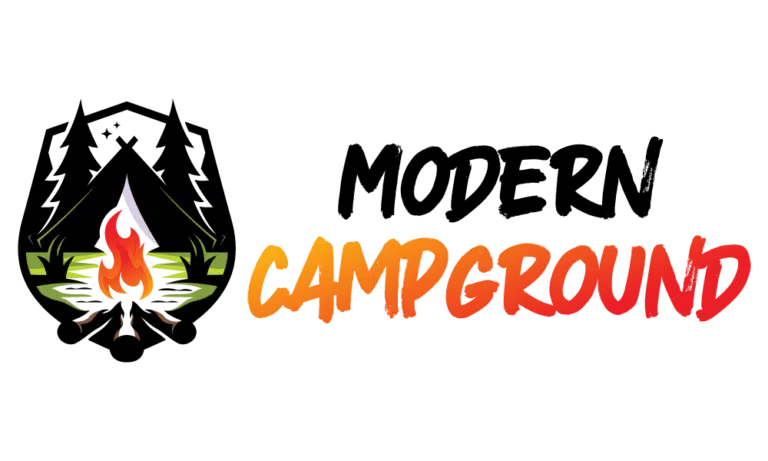Camping operators in Saxony reported a mixed summer season, with June emerging as a strong month for the state’s 100 or so campsites but May and July showing declines compared to the previous year.
According to the Saxony tourism association, demand fluctuated with the weather. “The summer at Saxony’s campsites was just as changeable as the weather itself,” a spokeswoman said.
June benefited from a combination of warm weather, Whitsun, and the start of summer vacations in the region, driving overnight stays to 187,795, a 21.3 percent increase compared to June 2023.
The Ministry of Tourism described June as a “top month” for camping tourism. Regional data reflected notable growth: overnight stays rose by about 30 percent in Upper Lusatia, 22.7 percent in Saxon Switzerland, and 51 percent in Dresden.
The Chemnitz-Zwickau region saw the highest increase at 74.7 percent, partly linked to Chemnitz’s status as European Capital of Culture 2025.
In contrast, May and July were weaker months. May recorded about 124,000 overnight stays, a 31 percent decline compared to 2023, while July saw 216,000 stays, down 8.5 percent. The rainier conditions in both months played a role in deterring some visitors.
For operators, results varied depending on location and facilities. At Bad Sonnenland campsite in Moritzburg near Dresden, Managing Director Gundula Bleul noted the impact of weather on local, spontaneous travelers.
“We have many guests from the immediate vicinity who come spontaneously,” she told DieSachsen.de, explaining that July performed slightly worse than 2023 despite 2024 overall being “an extremely good year.” She also reported increasing demand for motorhome pitches.
At Seecamping Zittauer Gebirge in Görlitz, Managing Director René Dreier reported steadier numbers, crediting a range of leisure options. “The weather didn’t have that much of an impact, because we also have many leisure activities regardless of the weather,” he said.
Dreier added that while there was a slight dip in visitor numbers, the overall trend mirrored the previous year, with more guests arriving not only from Brandenburg and Saxony but also from Poland and the Czech Republic.
Industry groups remain cautious despite the growth signals. The Mitteldeutscher Verband der Camping- und Wohnmobilwirtschaft e.V., also known as the Central German Association of the Camping and Motorhome Industry, highlighted both the late start to the season—Easter falling at the end of April—and financial pressures on travelers.
“The summer was more of an average fall with four weeks of rain,” said association head Jens W. Bohge. He added that tighter budgets have shortened stays for many, with some reducing their holidays from two weeks to one or skipping weekend trips altogether.
Rising operational expenses remain a key concern for park operators, with wage and energy costs cited as significant challenges.
Despite these hurdles, Saxony’s camping sector continues on what officials described as a “clear growth path.”
The Ministry of Culture and Tourism reported a total of 1.08 million overnight stays across the state’s campsites in 2024, underscoring the sector’s growing importance within the wider tourism market.
For outdoor hospitality businesses, the data highlights both opportunity and caution. The rise in international visitors and demand for motorhome facilities points to diversification strategies that can help offset weather risks and shifting consumer spending.
At the same time, rising operational costs and changing travel patterns suggest operators may need to adapt pricing models and expand offerings to sustain growth in a competitive environment.


